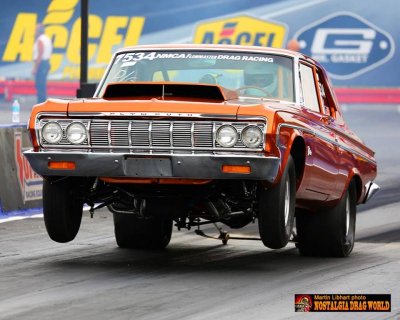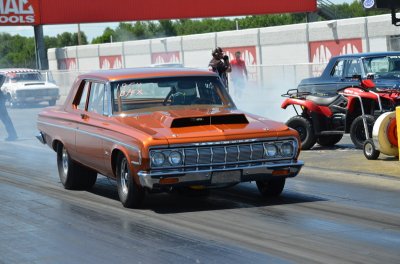Lelo 500
Well-Known Member
Is there any advantage to installing offset upper arm bushings before ever driving or having the car aligned? 65 Coronet 500- The body is very solid but the donor front end (K-member on down) was pretty beat up. I am currently replacing all wearable parts and I'm not sure if I should just get the standard bushings or what.
I thought the offset bushings were a corrective thing but after a bit of reading on the net some people are saying they are a upgrade?
I thought the offset bushings were a corrective thing but after a bit of reading on the net some people are saying they are a upgrade?


















